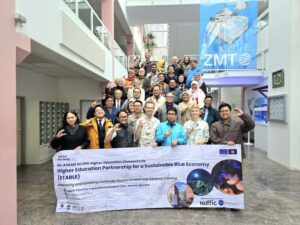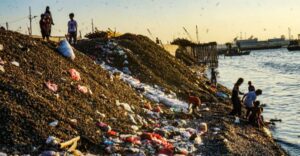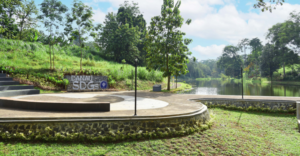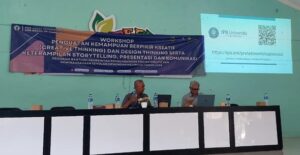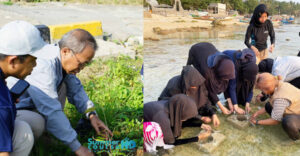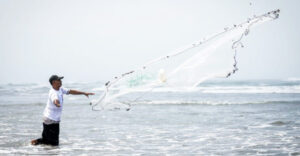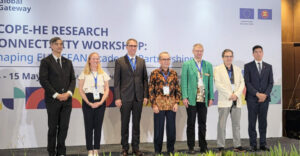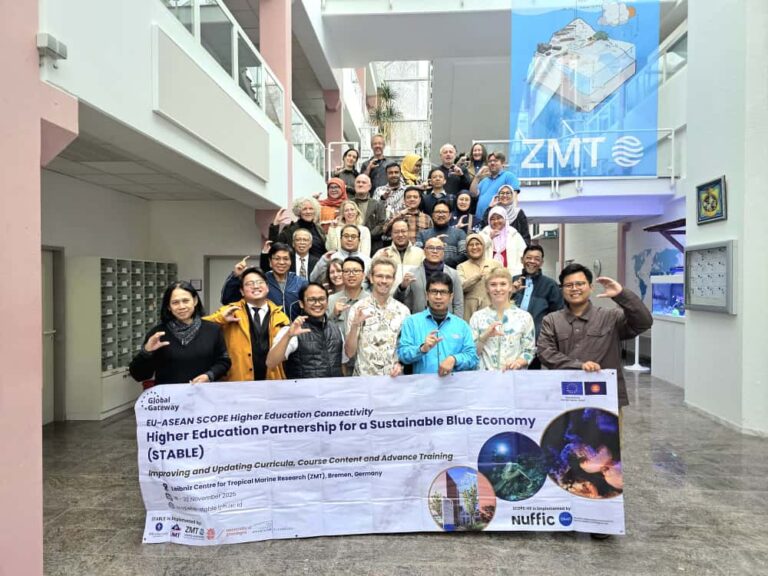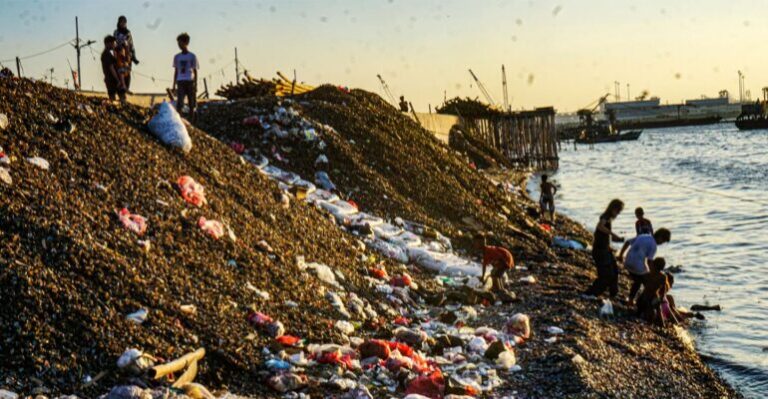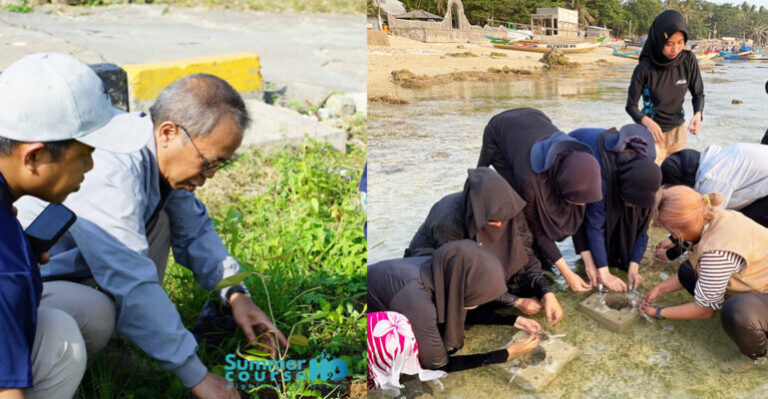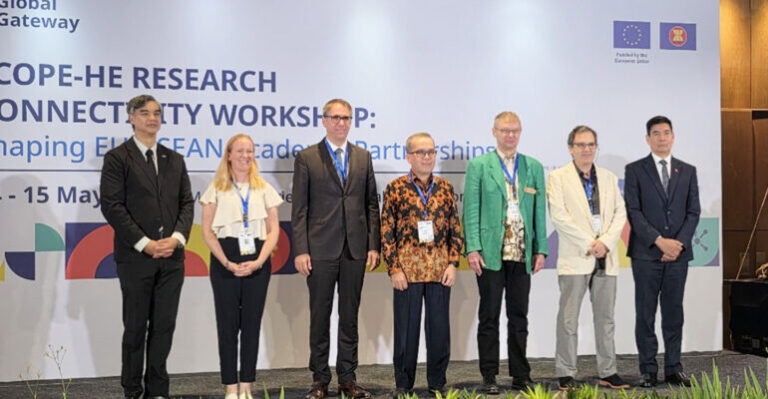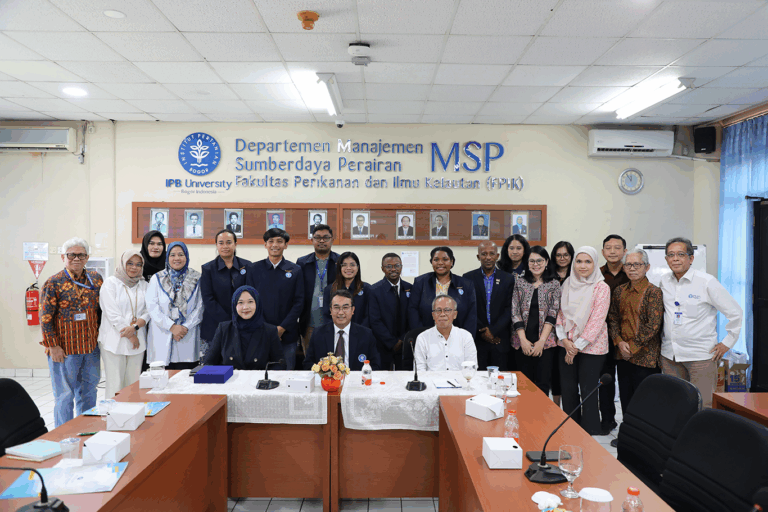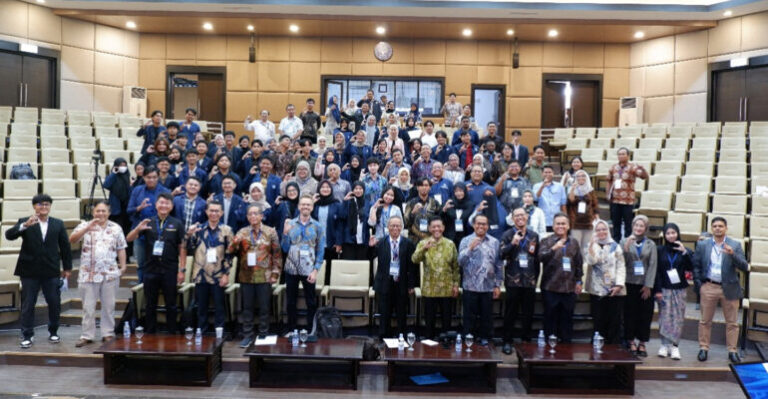Prof Hefni Effendi Heads Up the Verification of the Successful Planting of 52,428 Mangroves by PHE ONWJ in Kepulauan Seribu

Prof Hefni Effendi, Head of the Department of Aquatic Resource Management (MSP), Faculty of Fisheries and Marine Science (FPIK) became the head of the study team for the maintenance and monitoring of mangrove planting success. He directly led the field verification activities of the successful planting of 52,428 individual mangroves by Pertamina Hulu Energi Offshore North West Java (PHE ONWJ).
Mangrove planting was carried out on Untung Java Island, Rambut Island Wildlife Reserve and Bokor Island Nature Reserve. Monitoring of the success of this mangrove planting has been carried out routinely by PHE ONWJ every six months.
“The benchmark for the success of mangrove planting is 75 per cent survival of the total mangroves planted, accompanied by monitoring the health of mangrove plants, in terms of stem height increase, increase in the number of leaves and visual appearance of stems and leaves,” said Prof Hefni.
The professor of IPB University said that the maintenance and monitoring of planted mangrove plants was carried out for two years. If there are mangrove plants that languish in growth or die, then replanting is done to return to the position of 100 per cent of the planted mangrove plants.
“If the beds and nets are damaged, then repairs are made so that the condition is as before,” he added.
Prof Hefni explained that the methods applied in monitoring and evaluation were census, re-verification by sampling and documentation. Based on the results of field verification, it is known that the number of successful mangrove growth is 48,505 individuals or 92.5 per cent of the total number of mangroves planted on the three islands (Untung Jawa, Rambut and Bokor) which is 52,428 individuals.
“The height of mangrove plants that originally ranged from 20 to 40 cm, when field verification, mangrove height reached 60 to more than 100 cm,” said the Advisory Board of the Environmental Research Centre (PPLH) of IPB University.
This mangrove planting, said Prof Hefni, is a commitment from PHE ONWJ in maintaining mangrove plant diversity. Apart from being a commitment, it also fulfils the obligation to compensate for mangrove plants exposed to the exploration well leak incident in offshore Karawang in 2019.
“The exposed mangroves are interpreted as mangroves attached by tarballs. Even if only a drop of tarball is attached. Mangrove exposure to tarballs is for mangroves at the sapling and pole level, not causing death. But at the seedling level, there are those whose growth is disrupted,” said Prof Hefni.
Therefore, he continued, at the direction of the Directorate General of Pollution Control and Environmental Damage (DG PPKL), PHE ONWJ is required to plant three times the number of exposed mangrove individuals, as compensation and maintain and monitor their growth for four semesters.
Field verification activities were technically guided by Luluk Dwi Wulan Handayani, SP, MSi. The minutes signed by all field verification participants stated that the mangrove planting was categorised as successful.
A number of officers who carried out the field verification consisted of the Directorate General of PPKL KLHK, PHE ONWJ, Special Task Force for Upstream Business Activities (SKK Migas), the Jakarta Natural Resources Conservation Agency (BKSDA), the Thousand Islands Administrative Regency Environmental Service (SUDINLH), the DKI Jakarta Environmental Service (DLH) and PPLH IPB University. (HEF/Rz) (IAAS/RUM)
Sources: IPB News
